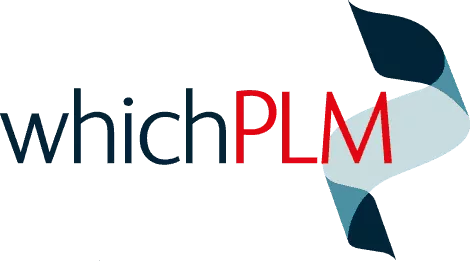How to build a reliable ROI ahead of a PLM implementation
Building the ROI is as important as selecting the right PLM solution in my mind and it’s often something that’s swept under the carpet. People often get carried away and get taken in by the WOW factor generated by the latest features & functions of the PLM software and forget why it is that they started out on this mission, i.e. to find the prescription to fix the pains of the business. When I say prescription, I mean fixing the problem & pains which can lead the business to profitability, in other words ROI (Return On Investment).
When starting out on a PLM strategy, you need to ensure that you understand just why it is that you need a solution (your pain points) and what you want it to do for you, for example, releasing the pain by taking the right medicines.
ROI calculation is difficult and because of that it tends to be overlooked or even avoided. Many people simply work off assumptions taken from analysts or consultants that produce high-level saving estimates based on spin: “typically the industry is making savings of 25% on COGS (Cost Of Goods Sold) and 15% on SGA (Selling and General Administration)”. There’s usually a long list of garbage estimates which make me cringe!
The reason why the ROI is swept under the carpet is because it’s difficult to uncover the evidence. No one company is the same so there’s no one list of questions to choose from. Also, questions can be subjective and there are no clear answers, so we therefore need to tailor the questions to each company to ensure that we get to the level of detail required to drive to the best possible ROI.
How many companies can answer the following in detail?
• What is the number of lab dips made per sample on average across the business last season?
• What is the number of specification mistakes leading to longer development times?
• What is the number of design iterations?
• What is the number of sample iterations?
• What is the actual time taken to build a product tech pack?
• What is the number of times that the a pattern was changed by the designer buyer?
• What is the average time to develop a NEW product?
Add another 200+ questions to the list above and you’re getting closer to building an ROI case. Take a snap shot of the results and start to compare these with the projected ability of the PLM solutions, to improve the process based on ‘best practice’, by using a business process maturity model. This will get you to a point where you can predict, with some level of accuracy, the potential ROI that you can achieve from implementing PLM. Providing your ROI benefits outweigh the cost, then move fast with your PLM strategy, because every week you do nothing is costing the business a great deal of money!

Like the saying goes, “The Devil’s in the Detail”, but providing that you do your homework you can also uncover the “The Angel in the Detail”. Having grown up in the industry with 12 years manufacturing experience as a Cutting Room Manager, Work Study Engineer, then Factory Manager before getting involved in technology for 23 years (working in CAD/CAM/PDM/PLM), I’ve learnt to understand where to find the ‘Angel’ (i.e. the ROI benefits) and have built a ROI Calculator to help uncover the detail to provide the ROI milestones that should help you through your implementation, enabling you to drive real ROI rather than working off marketing spin.
Contact me
Please free to share your experience in assessing and selecting a PLM solution. Email me at mark@whichplm.com I look forward to your feedback.
Mark
Mark Harrop is a leading Apparel PLM expert with more than 34 years experience in the industry. Mark co-founded the Product Development Partnership Ltd, the team of experts behind WhichPLM.




